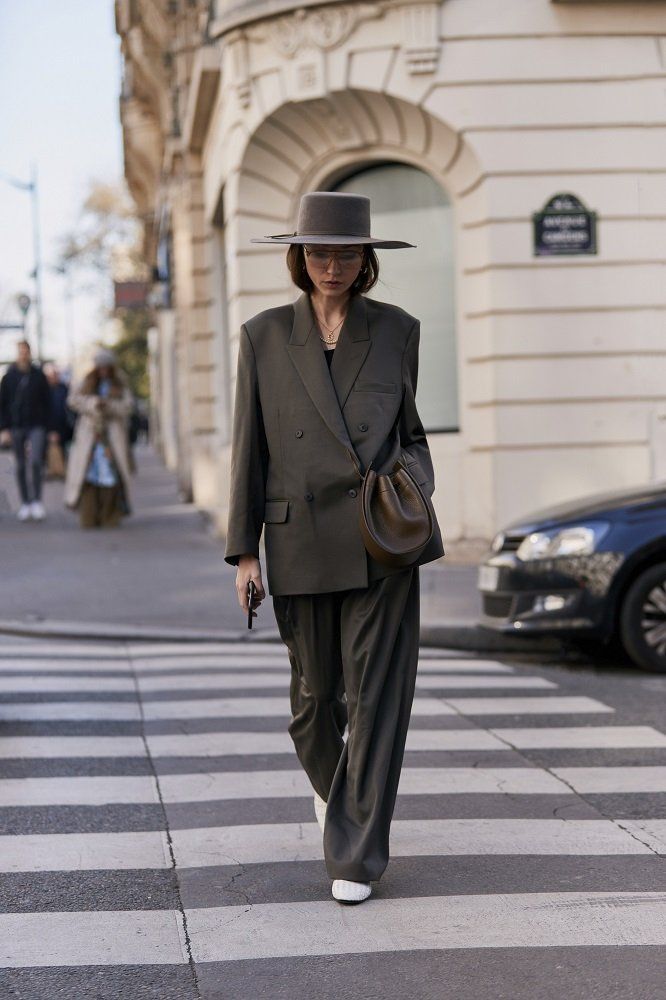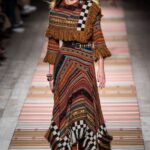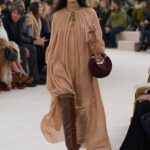Minimalism in Fashion: A Guide to Effortless Elegance
In a world increasingly dominated by excess and clutter, minimalism stands as a refreshing approach to life and, more importantly, fashion. The minimalist fashion style revolves around the philosophy of “less is more,” focusing on simplicity, clean lines, and subtle elegance. With its understated elegance, minimalist fashion aims to create a refined yet effortless aesthetic. If you’re someone looking to embrace a more curated, timeless style, minimalist fashion might be the answer.
1. What is Minimalism in Fashion?
Minimalism in fashion is all about stripping down the excess and focusing on essentials. It’s about quality over quantity, choosing pieces that are versatile, timeless, and often designed with simple silhouettes and neutral colors. Think of clothing that exudes sophistication without needing elaborate designs or loud patterns. The core idea behind minimalist fashion is to curate a wardrobe that focuses on fewer, more versatile items that you can wear again and again.
Minimalist fashion often includes:
- Neutral colors: black, white, beige, gray, navy
- Simple silhouettes: clean lines, structured cuts
- High-quality materials: fabrics that are durable and feel luxurious
- Functional pieces: versatile clothes that can be styled in various ways
2. The Impact of Minimalism on Daily Life
Adopting a minimalist fashion style can significantly impact your daily life. Here are a few ways this style improves both your fashion choices and overall lifestyle:
- Simpler decision-making: With a minimalist wardrobe, you can easily mix and match your pieces, cutting down on decision fatigue. The thought of what to wear becomes less daunting because you have fewer, but better, options.
- Sustainability: Minimalism encourages buying fewer but more durable items, which reduces consumption and waste. By focusing on high-quality, long-lasting pieces, you make more eco-friendly choices.
- Clean and organized: A minimalist wardrobe helps you avoid clutter and maintain an organized closet. You’re less likely to accumulate unnecessary pieces that take up space and contribute to a chaotic environment.
- Timelessness: The pieces chosen in minimalist fashion tend to stay in style for years. This means you can invest in items that will last much longer, both in terms of trends and quality.
3. The History and Evolution of Minimalism in Fashion
Minimalism in fashion can be traced back to the mid-20th century when designers and artists began rejecting the excess and ornamentation seen in earlier periods. It was Coco Chanel who set the stage for minimalist elegance with her classic creations—pieces that were simple, functional, and chic. However, the movement as we know it today truly gained traction in the 1990s when designers like Jil Sander, Helmut Lang, and Raf Simons began creating minimalist collections focused on clean lines and neutral colors.
In the 2000s, minimalist fashion continued to evolve, blending in with streetwear and incorporating sleek, modern aesthetics. Today, minimalist fashion is about understated luxury, with a focus on contemporary and timeless styles.
4. Key Elements of Minimalist Fashion
Here are some defining elements of minimalist fashion that make it so popular:
- Neutral Color Palette: The foundation of minimalist fashion lies in a palette of subdued colors. Whites, blacks, grays, beige, and navy dominate minimalist wardrobes, ensuring that pieces can be easily mixed and matched.
- Simple Silhouettes: The minimalist approach avoids excessive embellishments or patterns. Clothing is often well-tailored with clean lines, structured shapes, and subtle design details.
- Quality Over Quantity: Minimalists focus on owning fewer pieces, but each item is of superior quality. High-end materials such as cashmere, wool, silk, and cotton are frequently used in minimalist fashion to add texture and durability to outfits.
- Timeless and Versatile Pieces: Minimalism promotes a capsule wardrobe—a collection of essential pieces that transcend seasonal trends. Think white shirts, tailored trousers, blazers, jeans, and sneakers.
5. How to Build a Minimalist Wardrobe
Building a minimalist wardrobe doesn’t mean you need to rid your closet of everything you own. Instead, the goal is to focus on versatile, quality pieces that align with your lifestyle and personal taste. Here’s how you can build your own minimalist wardrobe:
- Step 1: Evaluate your current wardrobe and get rid of anything that you haven’t worn in the past year or that doesn’t fit your style anymore.
- Step 2: Start investing in timeless essentials like a white button-up shirt, black trousers, neutral outerwear, and comfortable shoes. Choose items that can work in multiple situations.
- Step 3: Opt for neutral colors and fabrics that complement one another to make it easier to create different outfits. This will allow you to have a smaller but highly functional wardrobe.
- Step 4: Invest in quality over quantity. It’s better to have a few expensive pieces that will last than several cheaper alternatives that wear out quickly.
6. Minimalism’s Significance in Today’s Society
Minimalism resonates deeply in today’s world of overconsumption. In a society that’s constantly bombarded with new trends, minimalist fashion encourages a return to the basics. Here’s why it’s so significant today:
- A reaction against consumerism: Minimalism promotes the idea of resisting constant consumption and instead opting for quality over quantity. In a world where people are constantly chasing the next big thing, minimalism is a rebellion against fast fashion and the pressure to keep up with trends.
- Eco-consciousness: The minimalist approach aligns perfectly with sustainable fashion practices. By focusing on timeless, durable pieces, individuals reduce waste and promote more eco-friendly habits.
- Empowerment: Minimalism helps individuals embrace self-sufficiency and individuality. It encourages people to focus on the things that truly matter rather than following fleeting trends.
7. FAQs about Minimalist Fashion
- Is minimalist fashion boring? Not at all! While minimalist fashion avoids flashy designs, it’s far from boring. It focuses on high-quality materials, tailored fits, and subtle elegance, which adds to its appeal.
- Can I wear minimalist fashion every day? Absolutely! Minimalist fashion is ideal for daily wear because it’s practical, comfortable, and easy to style. It’s versatile enough to suit both professional and casual settings.
- Do I need to invest a lot of money in minimalist fashion? While minimalist fashion often involves higher-quality, more expensive items, you don’t need to break the bank. Look for high-quality basics that last, and gradually build a capsule wardrobe over time.
Conclusion: The Enduring Allure of Minimalist Fashion
Minimalist fashion is not just about dressing simply—it’s a lifestyle that reflects the values of quality, sustainability, and efficiency. By embracing the principles of minimalist fashion, individuals can curate a timeless, elegant wardrobe that transcends trends and focuses on long-term value. Whether you’re looking to simplify your closet or express your refined sense of style, minimalist fashion offers an elegant solution to the cluttered world of modern-day fashion.










